The goal of the Outside In series is to showcase the ways in which local-born and immigrant people or communities may experience the same thing in vastly different ways, and also sometimes in the same way. This series is not just about pointing out differences, nor is it about painting one side as negative or “wrong,” but simply about exploring the idea that there are multiple realities, all of which are valid. Originally Published January 2021.
Our first edition takes a look at a hotly-debated topic: the work-life balance. Denmark’s work-life balance is considered one of the best, if not the best, in the world. We spoke with someone who is from Denmark but has worked in the United States, as well as an American who now lives in Denmark, to see how their experiences compare and contrast.
What is the work-life balance like in Denmark? We discuss with a Dane and an American living in Denmark to find out their experiences.
The View from Outside In:American Senior Director of IT Security Delivery Geoffrey TaylorGeoffrey, or GT as his friends call him, is a 50 year old African-American from NYC who has been living in Denmark for 14 years. He is married with no children. Geoffrey is a Senior Director of IT Security Delivery. He is a triathlete.
|
The View from Inside Out:Danish Software Engineer Martin SøndergaardMartin is a 28 year old white Danish man from Jutland, based in Copenhagen. He is a lead software engineer. He lives with his girlfriend and enjoys designing creative web applications, fashion, and music.
|
The View from Outside In:American Senior Director of IT Security Delivery Geoffrey TaylorGeoffrey, or GT as his friends call him, is a 50 year old African-American from NYC who has been living in Denmark for 14 years. He is married with no children. Geoffrey is a Senior Director of IT Security Delivery. He is a triathlete.
The View from Inside Out:Danish Software Engineer Martin SøndergaardMartin is a 28 year old white Danish man from Jutland, based in Copenhagen. He is a lead software engineer. He lives with his girlfriend and enjoys designing creative web applications, fashion, and music.
|
 Background
Background
Can you share a bit about your background?
Outside In: Geoffrey TaylorI was born and raised in New York; I’m a citizen of the United States of America. My parents are immigrants from Jamaica.
I’ve been in Denmark since 2004 and am married to a Dane. No kids but we have three cats! I work in information security. In my free time, I enjoy the standard things like friends, family, dining out, traveling, and…triathlons. That’s more of a lifestyle-thing than a competition-thing. I see myself as a citizen of the world, so I’m always interested in learning! |
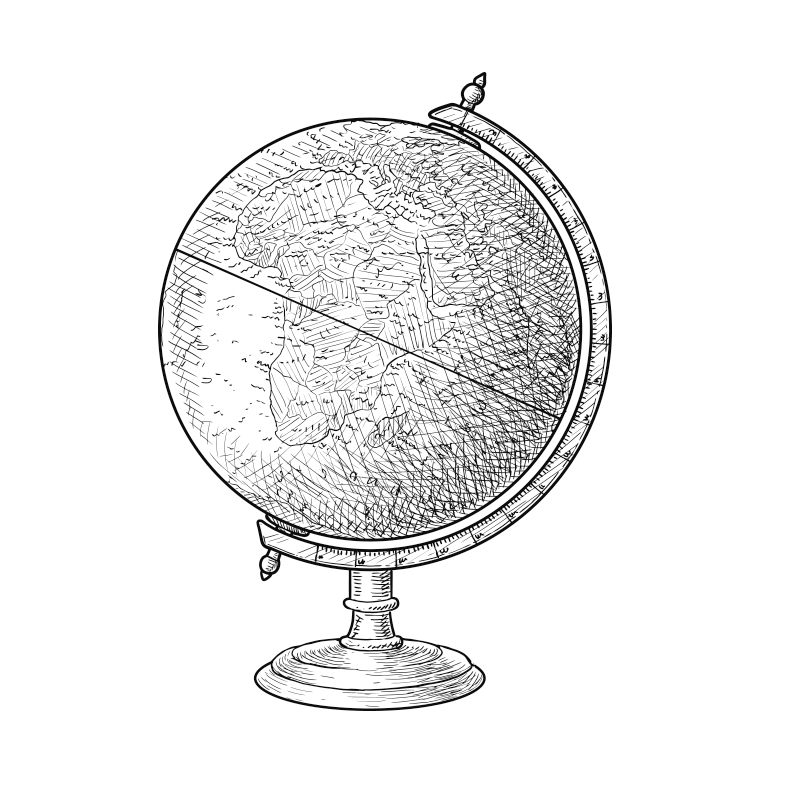
|
Inside Out: Martin SøndergaardI’m from Jutland, in Denmark. I played elite badminton but quit when I was about 16.
I live with my girlfriend and we recently got a dog. I love the United States; a huge part of my travels in life have been with my girlfriend in the US. I even lived in San Francisco. I’m a wine enthusiast and I’m passionate about minimalist Scandinavian design, sneakers, and LEGO. |
Outside In: Geoffrey TaylorI was born and raised in New York; I’m a citizen of the United States of America. My parents are immigrants from Jamaica.
I’ve been in Denmark since 2004 and am married to a Dane. No kids but we have three cats! I work in information security. In my free time, I enjoy the standard things like friends, family, dining out, traveling, and…triathlons. That’s more of a lifestyle-thing than a competition-thing. I see myself as a citizen of the world, so I’m always interested in learning!
Inside Out: Martin SøndergaardI’m from Jutland, in Denmark. I played elite badminton but quit when I was about 16.
I live with my girlfriend and we recently got a dog. I love the United States; a huge part of my travels in life have been with my girlfriend in the US. I even lived in San Francisco. I’m a wine enthusiast and I’m passionate about minimalist Scandinavian design, sneakers, and LEGO.
|
 A Typical Week
A Typical Week
What does a typical work week look like for you?
Outside In: Geoffrey Taylor
Things that I took for granted when I was in the office are different when I’m at home. I’ve had to do things like make a recurring appointment for lunch, just so I make sure I keep that regular schedule. So things are a little different right now. |
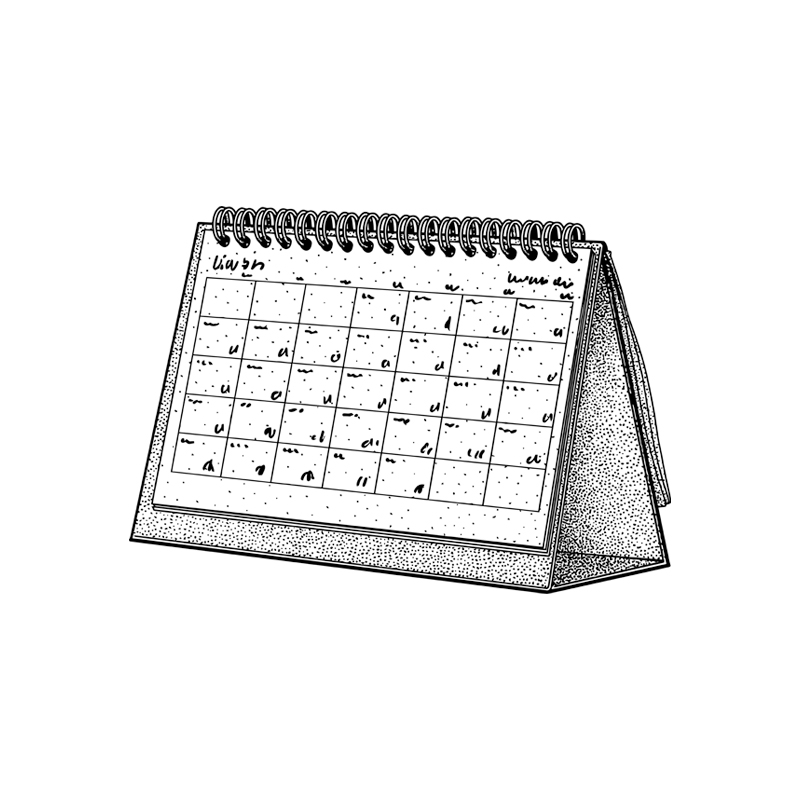
|
Inside Out: Martin SøndergaardDuring my time in the US and up until around August of 2020, my working hours often averaged 70-90 hours per week, depending on project deadlines.
After I changed jobs and got a puppy, my working hours dropped significantly and my priorities shifted to spend time with the dog and my girlfriend. My average work week dropped to 50-60 hours/week. |
Outside In: Geoffrey Taylor
Things that I took for granted when I was in the office are different when I’m at home. I’ve had to do things like make a recurring appointment for lunch, just so I make sure I keep that regular schedule. So things are a little different right now.
Inside Out: Martin SøndergaardDuring my time in the US and up until around August of 2020, my working hours often averaged 70-90 hours per week, depending on project deadlines.
After I changed jobs and got a puppy, my working hours dropped significantly and my priorities shifted to spend time with the dog and my girlfriend. My average work week dropped to 50-60 hours/week.
|
 Working in Denmark
Working in Denmark
How would you describe the work-life balance in Denmark?
Outside In: Geoffrey TaylorWork-life balance in Denmark, particularly when you’re coming from the United States, is quite good. Even when you look at Europe in general, Denmark is good. There’s six weeks of vacation, there’s the 37 hour work week. There’s the understanding that if you need to go do something, privately or for your family, you can and people don’t look at you sideways.
People understand when your work is done, you can go home. I stayed at work quite late when I first started working in Denmark. The boss came by and said, “why are you still here?” I was like, “ I just have some things I can I need to finish before tomorrow.” And he said, “Is anything an emergency?” “No.” “So, it can wait until tomorrow?” “Yes.” “Go home.” In the US, the boss would just say, “see you tomorrow!” |
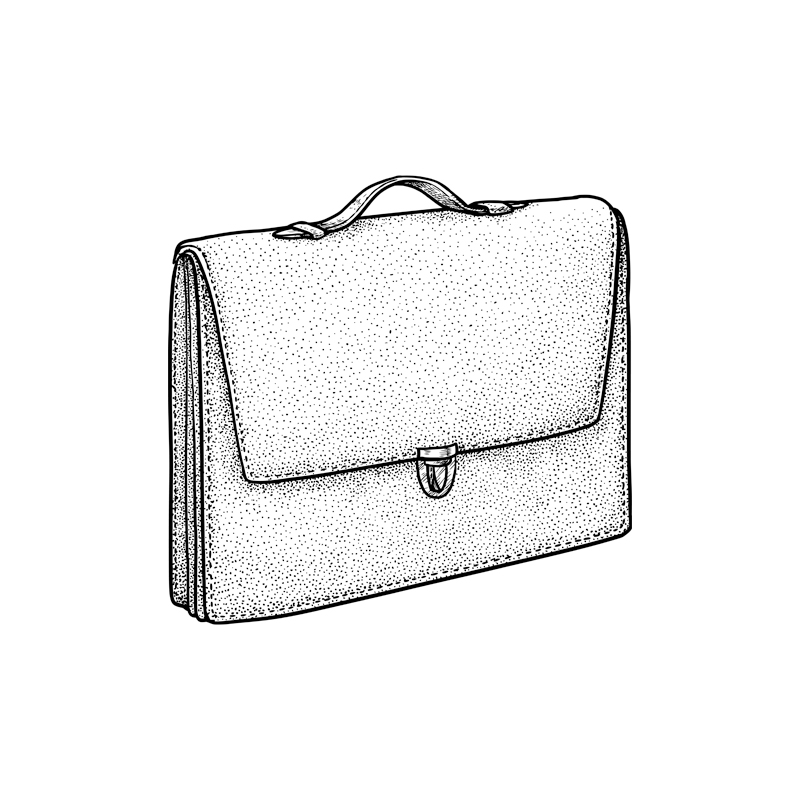
|
Inside Out: Martin SøndergaardIt depends on the type of company that you’re working for [and the level of your position]. I would say that Danes do spend an awful lot of time communicating at work and socializing with colleagues.
Overall, I would say that the work-life balance [in Denmark] is extremely good in the sense that you’re able to leave early, have time with your family, have time to do your sports, or social life, or whatever it is. If you choose to work overtime, then usually it’s your own decision, not the only option. A position at a start-up usually requires more hours, but I would say that most of them are pretty flexible today. And you can plan your day as you want to, so if you have have kids or if for some reason you need to work from home, you can make those arrangements.
|
Outside In: Geoffrey TaylorWork-life balance in Denmark, particularly when you’re coming from the United States, is quite good. Even when you look at Europe in general, Denmark is good. There’s six weeks of vacation, there’s the 37 hour work week. There’s the understanding that if you need to go do something, privately or for your family, you can and people don’t look at you sideways.
People understand when your work is done, you can go home. I stayed at work quite late when I first started working in Denmark. The boss came by and said, “why are you still here?” I was like, “ I just have some things I can I need to finish before tomorrow.” And he said, “Is anything an emergency?” “No.” “So, it can wait until tomorrow?” “Yes.” “Go home.” In the US, the boss would just say, “see you tomorrow!”
Inside Out: Martin SøndergaardIt depends on the type of company that you’re working for [and the level of your position]. I would say that Danes do spend an awful lot of time communicating at work and socializing with colleagues.
Overall, I would say that the work-life balance [in Denmark] is extremely good in the sense that you’re able to leave early, have time with your family, have time to do your sports, or social life, or whatever it is. If you choose to work overtime, then usually it’s your own decision, not the only option. A position at a start-up usually requires more hours, but I would say that most of them are pretty flexible today. And you can plan your day as you want to, so if you have have kids or if for some reason you need to work from home, you can make those arrangements.
|
 Working outside Denmark
Working outside Denmark
Have you worked outside of Denmark?
Outside In: Geoffrey Taylor
In fact, I was on-call every two weeks and the only time I could do customer changes was Saturday at 11:00 pm until Sunday at 7:00 am. Even worse, I had two weeks of vacation each year [compared to Denmark’s six weeks]. After 10 years, I would have three weeks; after 20 years, four weeks of vacation. Sometimes it was mandated that we take two weeks at the end of the year, which meant no actual vacation for the next fiscal year! |

|
Inside Out: Martin SøndergaardYes, I worked in the USA for about a year. I lived in San Francisco near Golden Gate Park and worked in Sausalito on the other side of the Golden Gate Bridge.
I moved there without my girlfriend, so the only people I knew were my colleagues. The first couple of months were tough; I ate both breakfast and dinner at the office. The US work environment is very competitive, especially in San Francisco in a start-up. I didn’t really have time to get familiar with the city and meet new people. That, in turn, made it really hard to feel energized. |
Outside In: Geoffrey Taylor
In fact, I was on-call every two weeks and the only time I could do customer changes was Saturday at 11:00 pm until Sunday at 7:00 am. Even worse, I had two weeks of vacation each year [compared to Denmark’s six weeks]. After 10 years, I would have three weeks; after 20 years, four weeks of vacation. Sometimes it was mandated that we take two weeks at the end of the year, which meant no actual vacation for the next fiscal year!
Inside Out: Martin SøndergaardYes, I worked in the USA for about a year. I lived in San Francisco near Golden Gate Park and worked in Sausalito on the other side of the Golden Gate Bridge.
I moved there without my girlfriend, so the only people I knew were my colleagues. The first couple of months were tough; I ate both breakfast and dinner at the office. The US work environment is very competitive, especially in San Francisco in a start-up. I didn’t really have time to get familiar with the city and meet new people. That, in turn, made it really hard to feel energized.
|
 Maintaining Work-Life Balance
Maintaining Work-Life Balance
How do you maintain your work-life balance?
Outside In: Geoffrey TaylorMake sure you don’t keep your work email on your private phone, or turn on Do Not Disturb on any device on which you have work notifications. I also make sure that I go home at a reasonable hour.
I work in information security; it’s a field where you’re constantly educating yourself. Sometimes you need to take a step back and say, I have a weekend off, I’m not reading anything work-related or career-related. I’m just going to take it easy, maybe I’ll go out and meet some friends, or travel for a long weekend; just turn off my brain. I have gone as far as deleting all my work apps from my phone so I can’t really check out. |
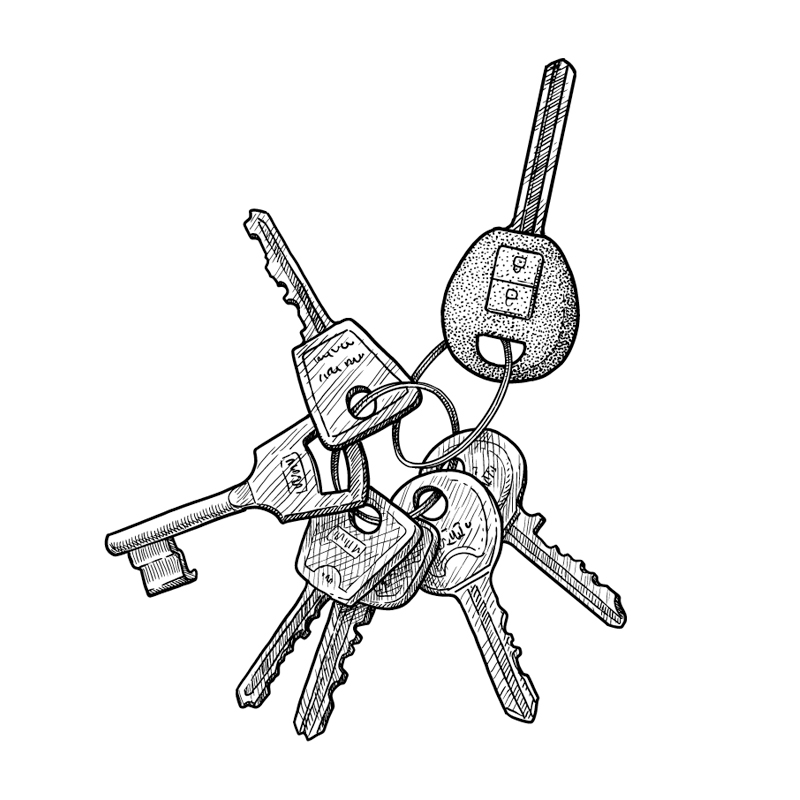
|
Inside Out: Martin SøndergaardThat’s a tough question. To be completely honest, I didn’t have a work-life balance before I recently switched jobs. I was very career-minded, but in the wrong way.
In my old job, I was so focused on work that I went to the office at 7:30 am every morning and went home at midnight or 1 am. I did that on repeat for a year until I became concerned about my health. I also wanted to spend time with friends. I needed time to relax, spend time with the family and friends, go out to see Copenhagen, and just enjoy life. |
Outside In: Geoffrey TaylorMake sure you don’t keep your work email on your private phone, or turn on Do Not Disturb on any device on which you have work notifications. I also make sure that I go home at a reasonable hour.
I work in information security; it’s a field where you’re constantly educating yourself. Sometimes you need to take a step back and say, I have a weekend off, I’m not reading anything work-related or career-related. I’m just going to take it easy, maybe I’ll go out and meet some friends, or travel for a long weekend; just turn off my brain. I have gone as far as deleting all my work apps from my phone so I can’t really check out.
Inside Out: Martin SøndergaardThat’s a tough question. To be completely honest, I didn’t have a work-life balance before I recently switched jobs. I was very career-minded, but in the wrong way.
In my old job, I was so focused on work that I went to the office at 7:30 am every morning and went home at midnight or 1 am. I did that on repeat for a year until I became concerned about my health. I also wanted to spend time with friends. I needed time to relax, spend time with the family and friends, go out to see Copenhagen, and just enjoy life.
|
 Downtime
Downtime
What do you do in your downtime?
Outside In: Geoffrey TaylorMy main non-work activity is triathlons. That requires a pretty significant commitment of time. I work out one or two times per day. And the only way to do that is to maintain a work-life balance, right?
Obviously it’s not my full-time job, but to be committed to your own physical fitness is more of a lifestyle. |
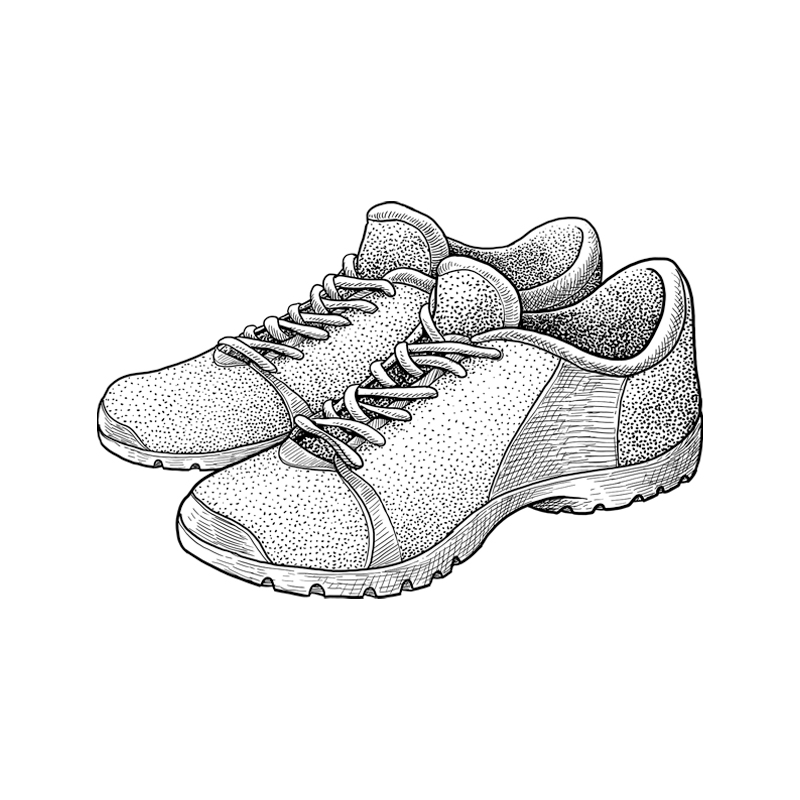
|
Inside Out: Martin SøndergaardI spend time with friends, drinking a beer or going for a walk. I spend time with my girlfriend; we regularly go to her family’s house to eat. We recently got a dog, so at the moment, I spend most of my time with her because she’s still a puppy. Kind of like the first child! I enjoy every moment of it.
My hobby is freelance engineering. Since I took my new position, though, I haven’t felt the need to do much freelance. These days, I would rather not open my laptop after-hours. I just want to make sure to enjoy my spare time. |
Outside In: Geoffrey TaylorMy main non-work activity is triathlons. That requires a pretty significant commitment of time. I work out one or two times per day. And the only way to do that is to maintain a work-life balance, right?
Obviously it’s not my full-time job, but to be committed to your own physical fitness is more of a lifestyle.
Inside Out: Martin SøndergaardI spend time with friends, drinking a beer or going for a walk. I spend time with my girlfriend; we regularly go to her family’s house to eat. We recently got a dog, so at the moment, I spend most of my time with her because she’s still a puppy. Kind of like the first child! I enjoy every moment of it.
My hobby is freelance engineering. Since I took my new position, though, I haven’t felt the need to do much freelance. These days, I would rather not open my laptop after-hours. I just want to make sure to enjoy my spare time.
|
 Finding Balance
Finding Balance
When your work-life balance is out of sync, how do you know, and what do you do to get back on track?
Outside In: Geoffrey TaylorThere are a couple of signs. One is if I look at my training log and realize, “Oh, I’ve been missing a lot of workouts.” So normally I try and follow the 80% rule, which is make sure to do 80% of my workouts – missing 20% is fine. When I start seeing a pattern that I’m missing a lot of workouts, I know there’s a problem.
The other thing is my mood. If I’m working all the time and not getting enough sleep, I’m not my normal self. I’m a pretty easygoing, calm person. If I’m feeling easily irritated, I need to notice that. Often I feel stress in physical ways. For example, if I’m having a lot of headaches, or my eyes are tired, I know I need slow down and disconnect.
Then when I go do something with my wife or my friends, I just don’t think about work or working out. |
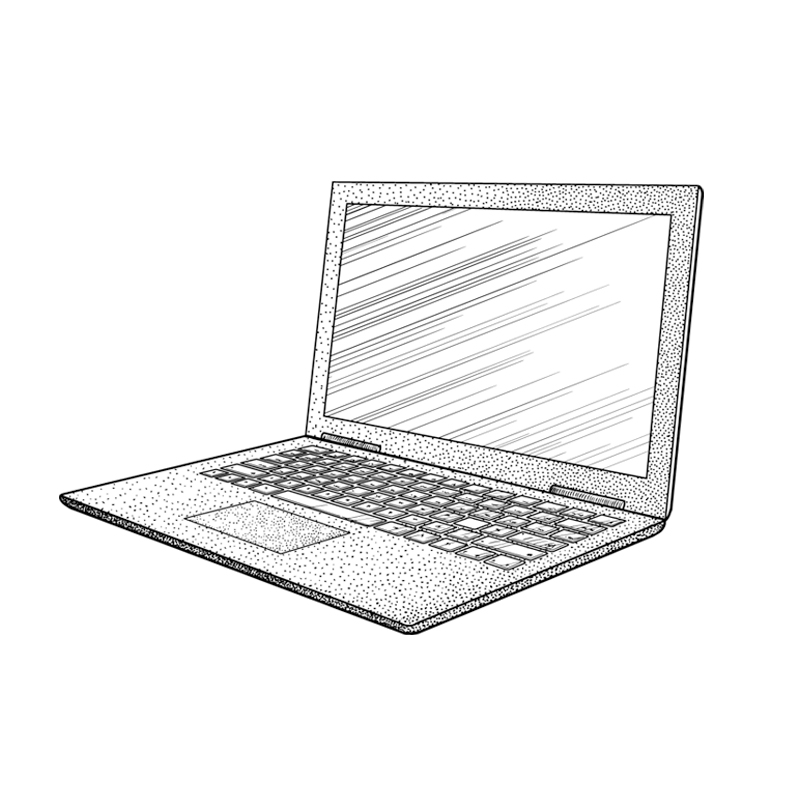
|
Inside Out: Martin SøndergaardHistorically, I’ve had a really tough time getting back on track. I could feel [stress] on my body, so I raised it with my [former] managers and they said “motor through it.”
I think that experience has given me the ability to be more aware of when things are out of balance and correct it quickly. When I started the new job, I made sure not to have additional stress factors. For the first two months, I didn’t have my work email connected to my phone. In addition, I rarely use my laptop anymore. It used to be a constant reminder of work; I did a big freelance engineering case before I started my new job, so I was on my computer all the time. Now when I open it up to have a chat with friends or look at real estate listings or something, I’m not so tempted to work, because I’ve had that long break. I don’t associate it with work anymore, and that’s given me some balance. |
Outside In: Geoffrey TaylorThere are a couple of signs. One is if I look at my training log and realize, “Oh, I’ve been missing a lot of workouts.” So normally I try and follow the 80% rule, which is make sure to do 80% of my workouts – missing 20% is fine. When I start seeing a pattern that I’m missing a lot of workouts, I know there’s a problem.
The other thing is my mood. If I’m working all the time and not getting enough sleep, I’m not my normal self. I’m a pretty easygoing, calm person. If I’m feeling easily irritated, I need to notice that. Often I feel stress in physical ways. For example, if I’m having a lot of headaches, or my eyes are tired, I know I need slow down and disconnect.
Then when I go do something with my wife or my friends, I just don’t think about work or working out.
Inside Out: Martin SøndergaardHistorically, I’ve had a really tough time getting back on track. I could feel [stress] on my body, so I raised it with my [former] managers and they said “motor through it.”
I think that experience has given me the ability to be more aware of when things are out of balance and correct it quickly. When I started the new job, I made sure not to have additional stress factors. For the first two months, I didn’t have my work email connected to my phone. In addition, I rarely use my laptop anymore. It used to be a constant reminder of work; I did a big freelance engineering case before I started my new job, so I was on my computer all the time. Now when I open it up to have a chat with friends or look at real estate listings or something, I’m not so tempted to work, because I’ve had that long break. I don’t associate it with work anymore, and that’s given me some balance.
|
 Danish Culture
Danish Culture
What cultural elements and structures do you think shape Denmark’s work-life balance?
Outside In: Geoffrey TaylorThat’s an interesting question because everything flows from the culture. I’ll contrast [Denmark’s culture] with my home country, the USA.
[The thinking goes], if you just made more of an effort, you would be in a better situation. Of course, that isn’t the reality. In Denmark, it’s pretty clear that the community comes before the individual in most cases. And this is why you have higher taxes, but university is free and health care is free. There are certain basic things that I really consider to be the rights of citizens, which is not the same back home. I think everything kind of starts from that place. If you have a community, you can’t have everyone trying to stand out on their own (called the law of Jante), because that will destroy the social fabric, right? The social fabric is everyone woven together, and too many people standing out can ruin that. I’ve noticed, though, that outlook is starting to change a bit. In general, people in Denmark don’t question certain things, such as everyone having access to health care or to education, which is not the case in the US. The same goes for what’s most important in your life. Is your value based on your work, or is your value based on other things? In Denmark, your value is based on who you are as a person. It’s not based on money or success. [You have value] as a citizen, which I think is a more healthy way of looking at things. [And that shapes work-life balance].
My relationship with Denmark is, of course, shaped by the fact that I’m an American who lives in Denmark. Plus, I only know Copenhagen; in more rural areas of Denmark, it might be more different. I’ve heard that people like myself, people of color, who live in rural areas, don’t have it so easy. It’s probably one of the reasons why we congregate in large cities. It’s not only because we have this cosmopolitan lifestyle, but also because people in larger cities tend to be more accepting of diversity. |

|
Inside Out: Martin SøndergaardI would say it’s a combination of the welfare state and Danish values.
Welfare ensures money for unemployment benefits, health care, education, and so many other things. In terms of Danish values, the idea of family, friends, and especially your kids, being important, is normal in the workplace. This means that companies often don’t get upset if you leave early to pick up your kids from school, or take a long weekend to go see a family members that live outside of the city.
|
Outside In: Geoffrey TaylorThat’s an interesting question because everything flows from the culture. I’ll contrast [Denmark’s culture] with my home country, the USA.
[The thinking goes], if you just made more of an effort, you would be in a better situation. Of course, that isn’t the reality. In Denmark, it’s pretty clear that the community comes before the individual in most cases. And this is why you have higher taxes, but university is free and health care is free. There are certain basic things that I really consider to be the rights of citizens, which is not the same back home. I think everything kind of starts from that place. If you have a community, you can’t have everyone trying to stand out on their own (calledJ the law of Jante), because that will destroy the social fabric, right? The social fabric is everyone woven together, and too many people standing out can ruin that. I’ve noticed, though, that outlook is starting to change a bit. In general, people in Denmark don’t question certain things, such as everyone having access to health care or to education, which is not the case in the US. The same goes for what’s most important in your life. Is your value based on your work, or is your value based on other things? In Denmark, your value is based on who you are as a person. It’s not based on money or success. [You have value] as a citizen, which I think is a more healthy way of looking at things. [And that shapes work-life balance].
My relationship with Denmark is, of course, shaped by the fact that I’m an American who lives in Denmark. Plus, I only know Copenhagen; in more rural areas of Denmark, it might be more different. I’ve heard that people like myself, people of color, who live in rural areas, don’t have it so easy. It’s probably one of the reasons why we congregate in large cities. It’s not only because we have this cosmopolitan lifestyle, but also because people in larger cities tend to be more accepting of diversity.
Inside Out: Martin SøndergaardI would say it’s a combination of the welfare state and Danish values.
Welfare ensures money for unemployment benefits, health care, education, and so many other things. In terms of Danish values, the idea of family, friends, and especially your kids, being important, is normal in the workplace. This means that companies often don’t get upset if you leave early to pick up your kids from school, or take a long weekend to go see a family members that live outside of the city.
|
These interviews have been edited and condensed for clarity.
Header graphic by Freya McOmish.
This article was originally published January 19, 2021.

